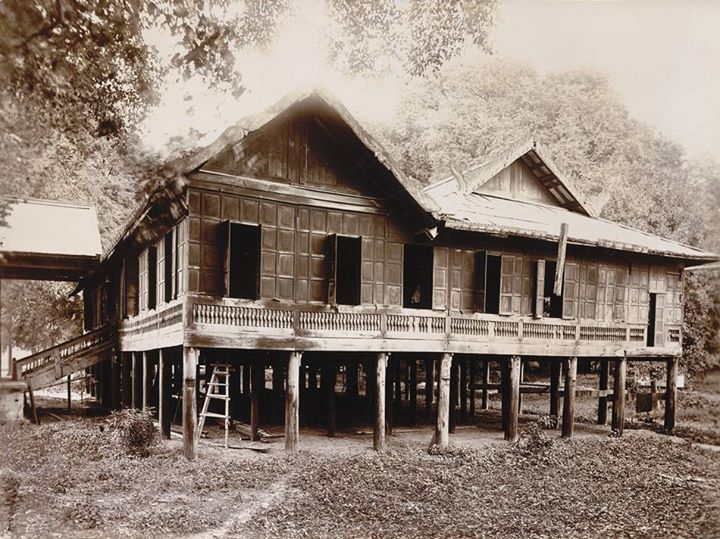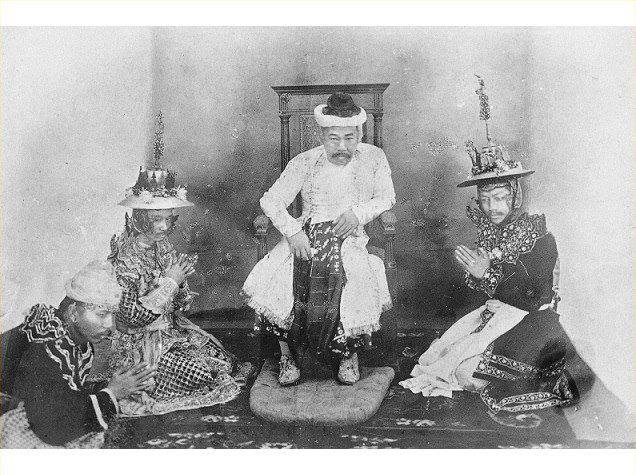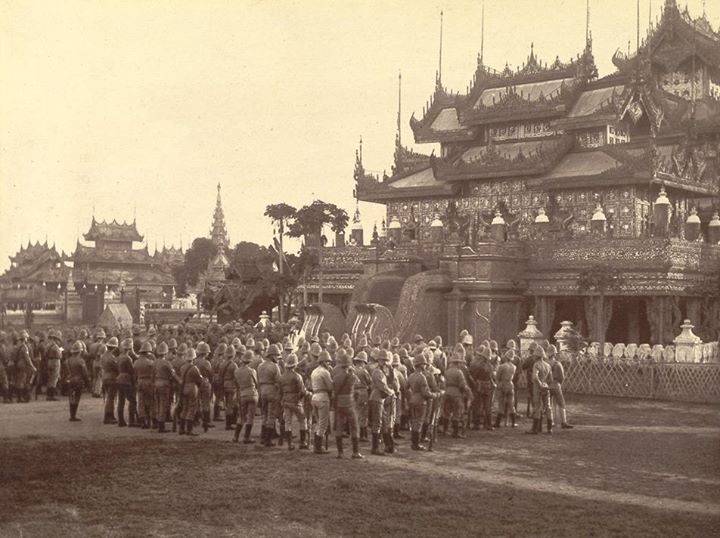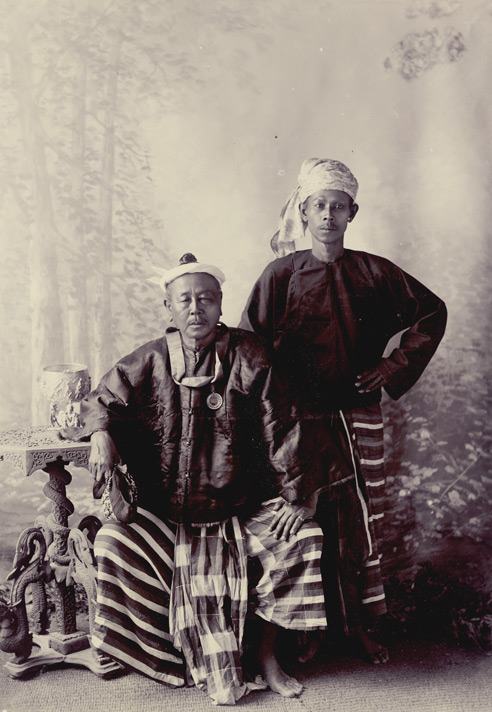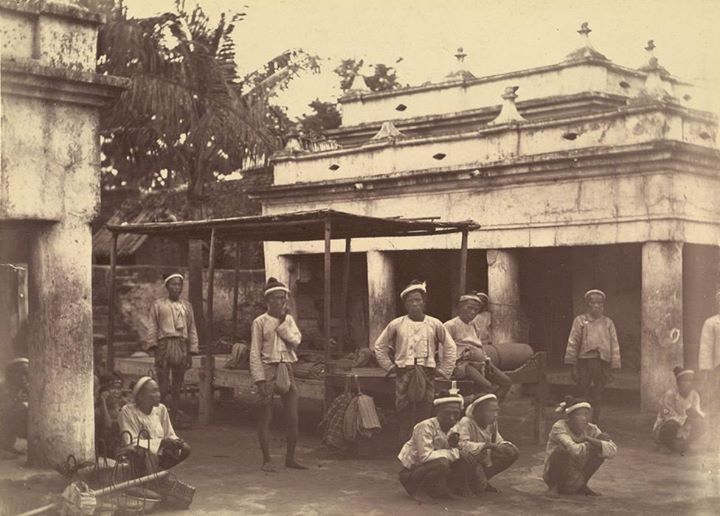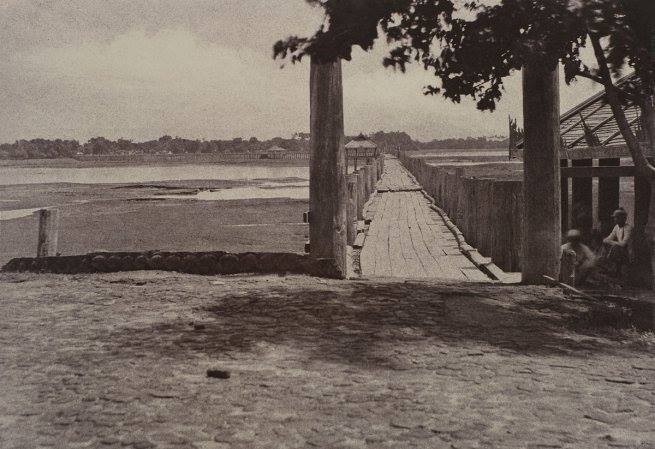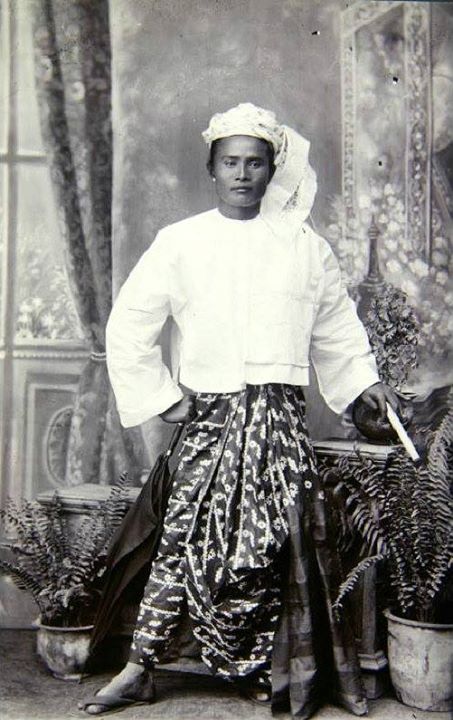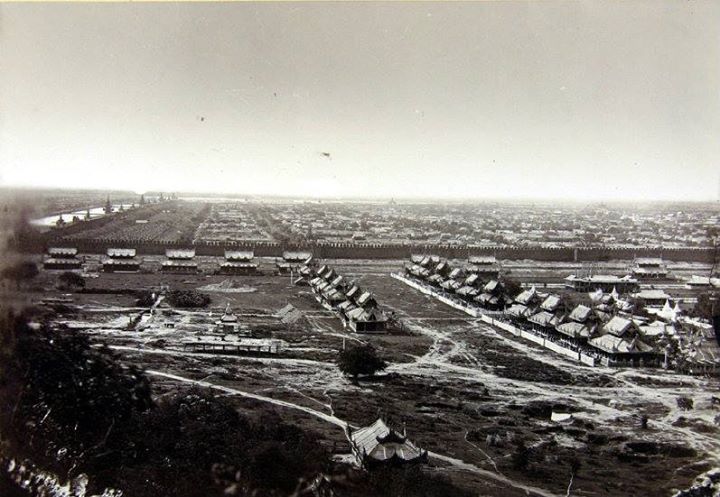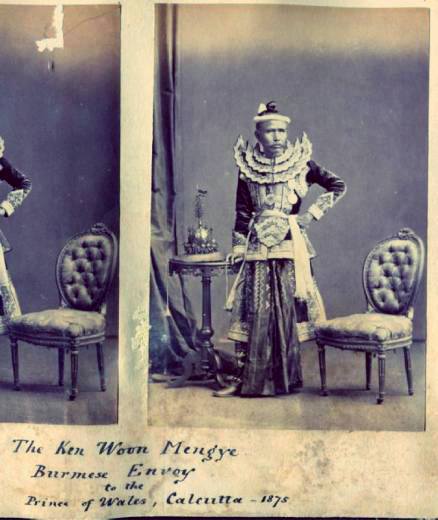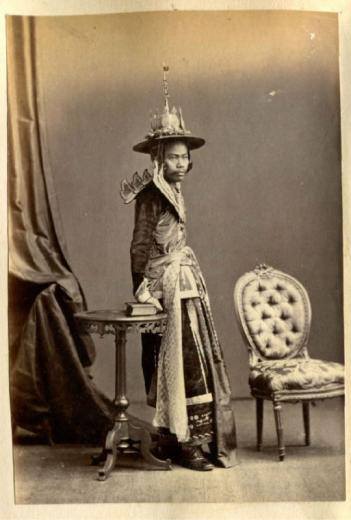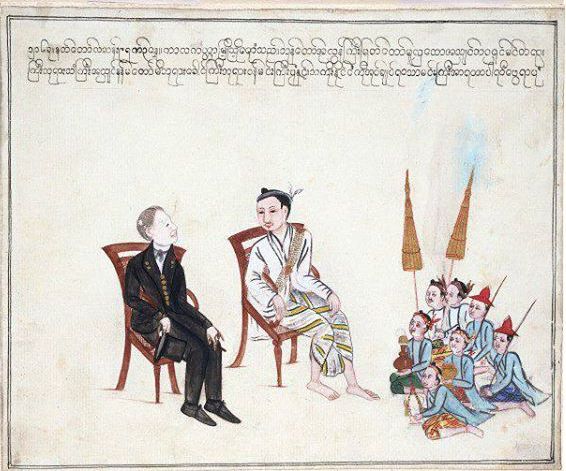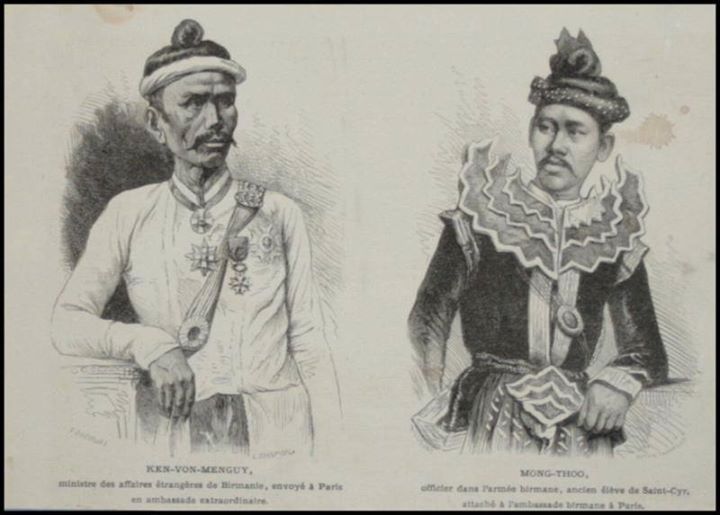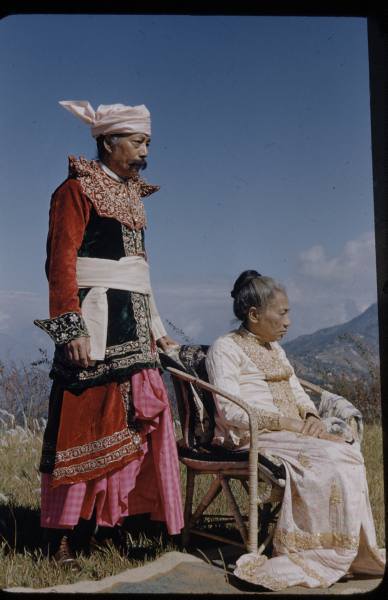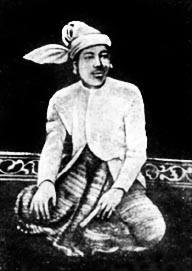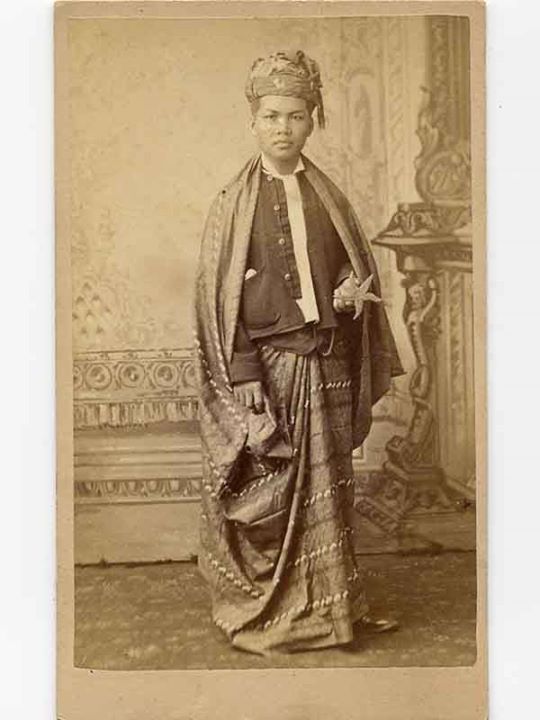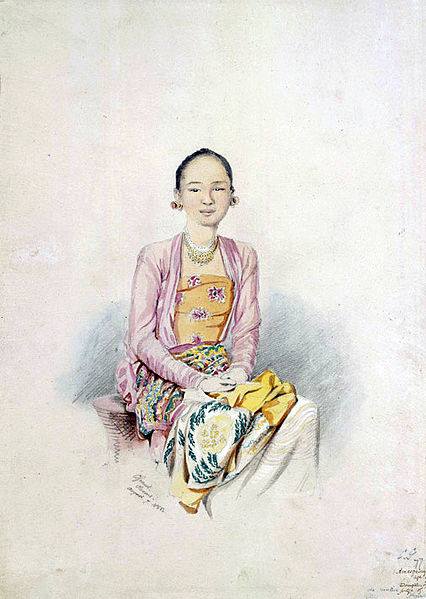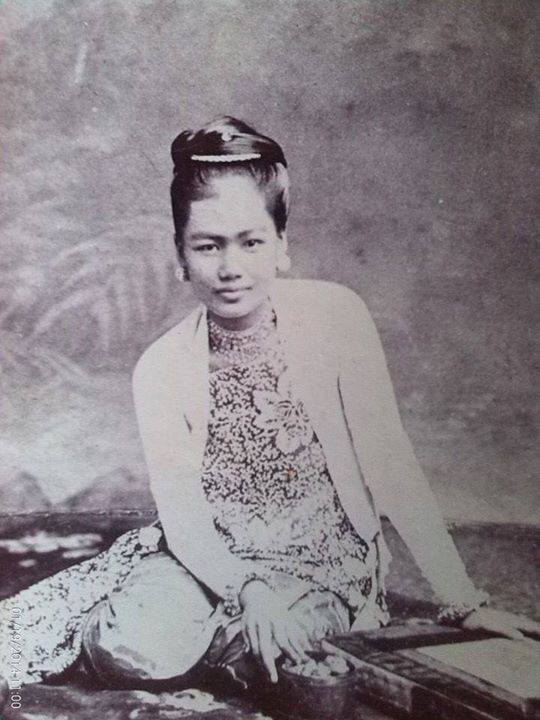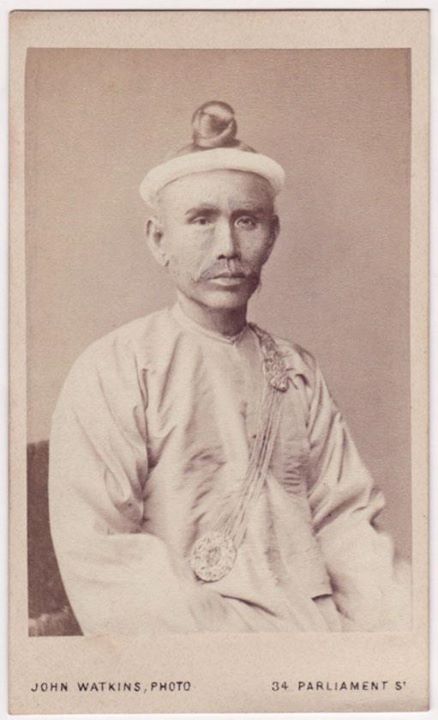Late Konbaung Myanmar and the English Wars (1824-1885AD)
Myanmar's last dynasty was also its most expansive, reaching into today's Northeast India as well as across what is now Laos and Thailand. Over the late 18th and 19th centuries, its royal court created much of the art and architecture that are considered "traditional" today. In the east, the saopha chieftains of Shan State ruled an array of principalities with growing ties to the Irrawaddy valley as well as to China's Yunnan province.
Over the middle decades of the 19th century, however, a series of disastrous wars against the British India Empire led to the kingdom's collapse. A desperate attempt to reform and modernise in the face of imperial aggression failed and the country was eventually colonized by the British.
This section draws together last traditions from the Konbaung period as well as stories and individuals from its little-remembered reformist era and Burma's transition to colonial rule.
Historic Events
Kinwun Mingyi’s visit to Calcutta in 1875
This very rare photograph of the Kinwun Mingyi was taken during his visit to Calcutta in 1875 at s a turning-point in Anglo-Burmese relations. The ostensible reason for the trip was to meet the Prince of Wales (the future King Edward VII) who was then on a tour of the Indian Empire. But the Kinwun's trip was also a last-ditch attempt to repair rapidly deteriorating relations with the British. By 1875, British interference in Burmese internal politics was growing by...
Read MoreThangyet Wun U Myu
This is a rare portrait of the Thangyet Wun U Myu (later styled Mingyi Minhla Maha Sithu Kyaw), a scion of an old family of Ava nobility and was one of the first Burmese to be educated in Paris. He obtained a degree in engineering at the École Centrale des Arts et Manufactures in 1868 and later returned for further study in France in the 1870s. U Myu cheld different posts in Mandalay, leading King Mindon's efforts to build the...
Read MoreSir Arthur Phayre and the Myoza of Magwé in Calcutta
This watercolour depicts Sir Arthur Phayre and the Myoza of Magwé in Calcutta 1854. In the early years of his reign, King Mindon tried desperately to persuade the British to return Lower Burma, which had been seized during the Second Anglo-Burmese War (1852-53). In 1854 he sent one of his most powerful ministers the Myoza of Magwé (a minister to the very influential senior queen) as his envoy to the Marquess of Dalhousie, then Governor-General of India. The Magwé Myoza...
Read MoreThe very first Burmese mission to France
The very first Burmese mission to France was the 1871 mission led by the Kinwun Mingyi - it was meant as a signal to the British that Burma could court other powers in Europe. During that mission, the Kinwun Mingyi and his team toured the Louvre, where they saw the Egyptian mummies, paid their respects at Napoleon's Tomb, and visited the National Library. At the National Library, they were shown an old map, purported to have been drawn by Marco...
Read MoreThe Second Princess, daughter of King Thibaw
The Second Princess, Ashin Hteik Su Myat Paya-lat, daughter of King Thibaw, was just two years old when she accompanied her parents from Mandalay into exile in 1885. In October 1916 she eloped and married U Khin Maung Lat, a former Mandalay courtier and together they lived the rest of their lives, apparently peacefully and happily, in Kalimpong in the Himalayan foothills near Darjeeling, where they managed a small diary farm. In this little-known photograph of the couple taken by...
Read MoreThe assassination of the Prince of Kanaung
In August 1866, the course of Burmese history changed forever with the assassination of the Prince of Kanaung. The Kanaung Prince was the Crown Prince, the younger brother of King Mindon and also his partner in government. Together they set out to transform government, develop the economy, and defend the country's independence. It was a modernization programme that preceded what would be tried elsewhere, in Japan, Siam, Egypt, Vietnam. Under the Kanaung Prince's direction: dozens of students were sent to...
Read MoreKolia San Thabue, one of the first students from Burma to the United States
This photograph depicts Kolia San Thabue, a Pwo Karen from Bassein, who became one of the first students from Burma to the United States. He arrived in the US sometime in the later 1870s and studied at Chicago University and Kalamazoo College before going on to Michigan State College (now University). Apparently, he ran into financial trouble in his sophomore year at Chicago and this photograph is from an appeal on his behalf for donations so that he could continue...
Read More“Ameegalay”
This watercolour portrait of "Ameegalay" was by the British artist Colesworthy Grant in 1855. Ameegalay was the younger daughter of the Sitke (second-in-command of a military unit during the time of Burmese kings) of Prome. Colesworthy Grant was the official artist attached to Sir Arthur Phayre's 1855 mission to Amarapura and the court of King Mindon. Prome was one of their stops on the way from Rangoon to Amarapura.
Read MoreA favourite daughter of King Mindon: the Princess of Naungmon.
The Princess of Natmauk and Naungmon (Natmauk Naungmon Minthami) was the daughter of King Mindon and his consort Tharazin Myoza Minbura. Eventually she was raised to the title Suriya Mallavadi and then promoted to Sri Padma Devi. Born at the palace in Mandalay in 1859, she died in Rangoon during the British occupation. This portrait was taken at Mandalay palace in the early 1880s when she was in her 20s.
Read MoreKinwun Mingyi
The Kinwun Mingyi U Kaung (3 February 1822 – 30 June 1908) was Burma (Myanmar)’s leading reformer in the 1870s and early 1880s. He was a scholar, diplomat, and the author of numerous works of literature, history, and jurisprudence. Like many in his generation, his vision was of a modern, independent Burma, that would mix the best of the old and the new, importing the latest ideas and technology, whilst also protecting and preserving centuries old traditions. The Kinwun Mingyi...
Read More